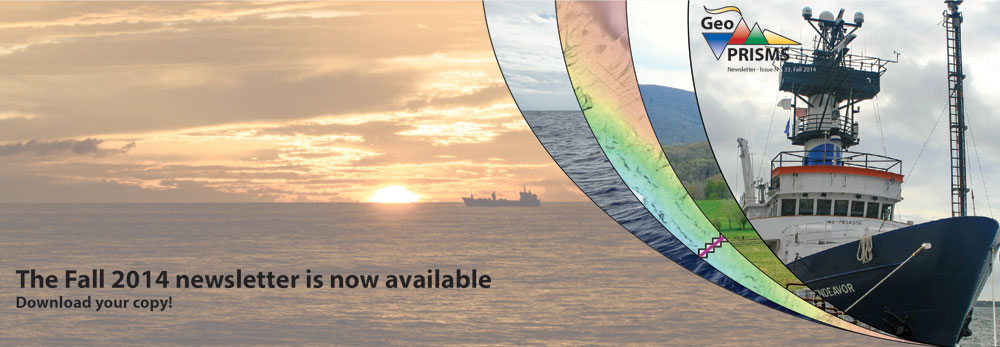A workshop on “Feedbacks and coupling among surface processes, climate and tectonics during mountain building” will be held in Taipei Taiwan from June 1 to June 8th, 2015.
The workshop will include 3 days of meeting and 2 to 3 days of field trips.
A townhall is organized at AGU to discuss the workshop:
Wednesday 17, 6 to 8pm
Westin Market Street
50 3rd street (near corner with Market Str.)
Stanford room on the 3rd floor
All are invited.
Tim (tim.byrne@uconn.edu)
Jian-Cheng Lee (jclee@earth.sinica.edu.tw)
US Organizing Committee:
Tim Byrne
Jean Crespi
Eric Kirby
Brian Yanites
Francis Wu

